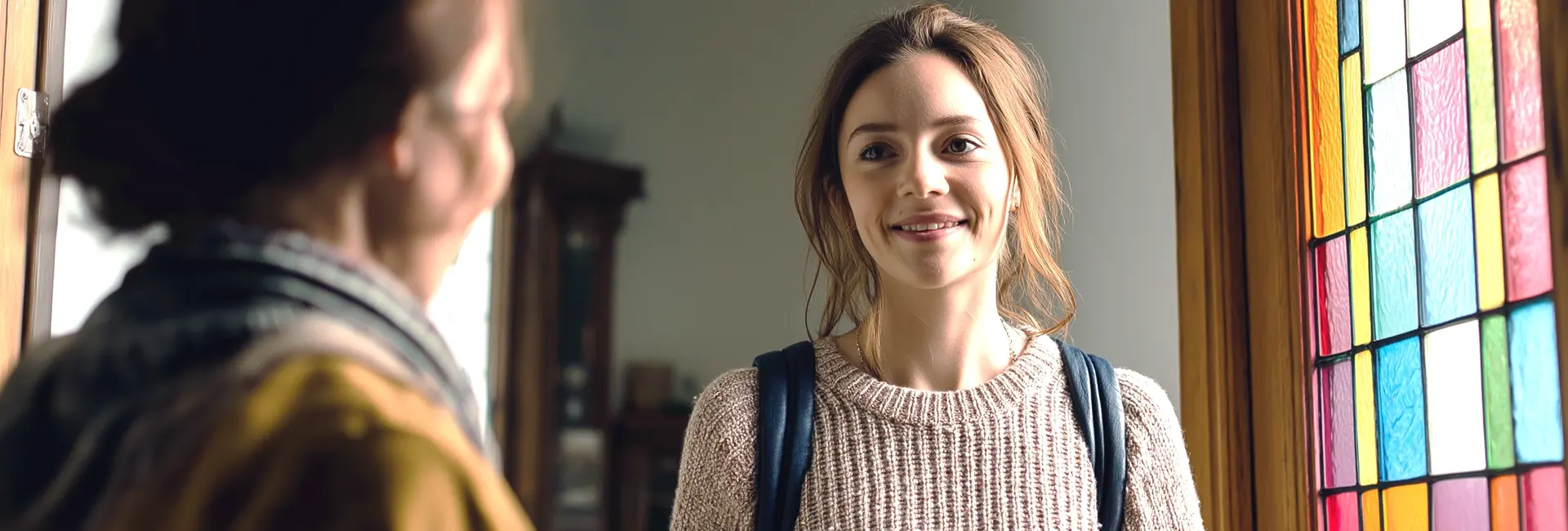10 Keys To Therapeutic Parenting


Based on insights from trauma-informed experts Edwina Grant and David King.
- 1. Connection Comes Before Correction
Children with relational trauma must feel seen and safe before they can hearguidance. Slow down. Connect emotionally before discussing behaviour.
- 2. Behaviour is Communication
What looks like defiance or aggression is often a child's way of expressing pain, fear, or confusion. Always ask yourself: What’s underneath this behaviour?
- 3. Emotional Regulation is the First Step
Children cannot think or reflect when dysregulated. Use Bruce Perry’s 3 R’s:
Regulate → Relate → Reason - in that order.
- 4. Safety Unlocks Curiosity
Children need to feel emotionally safe before they can explore
themselves or others. Curiosity is a sign of healing - nurture it gently.
- 5. Intersubjectivity Builds Identity
A child learns who they are through your eyes. Shared joy, sadness,
and presence (“You and me, here and now”) shape their self-worth.
- 6. The ‘Two Hands’ of Parenting Matter
One hand accepts and soothes; the other sets gentle, loving boundaries. You
can accept the child and their feelings - even if you can’t accept their behaviour.
- 7. Fake Compliance Can Be a Trauma Response
What looks like “I’m sorry” or “I love you” may be fawning - a survival strategy,
not a heartfelt feeling. Stay patient and attuned.
- 8. Repetition and Repair Heal the Brain
Many traumatised children don’t remember their actions when dysregulated.
Repetition, reflection, and gentle repair are essential - not shame or blame.
- 9. Joy is Not Optional - It’s Healing
Children need adults who delight in them. Even amidst challenges, seek
moments of shared joy. It’s the fuel for resilience.
- 10. Therapeutic Parenting is a Team Sport
You’re not alone. The journey is hard - but shared understanding, professional
support, and peer connection can make all the difference.